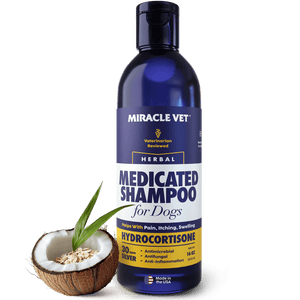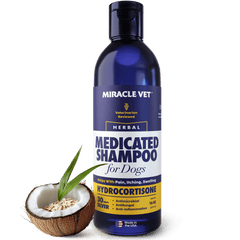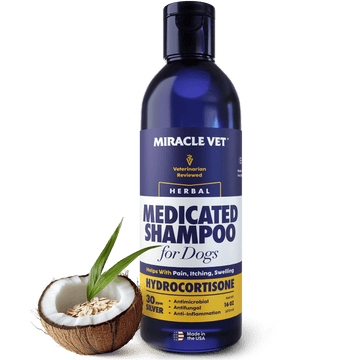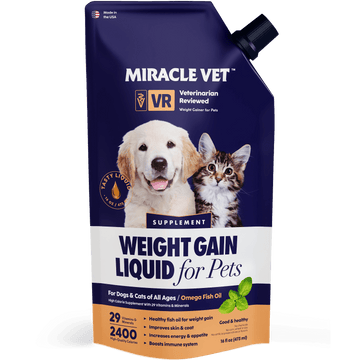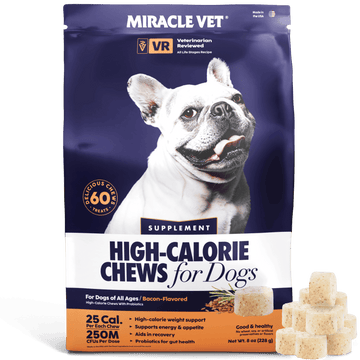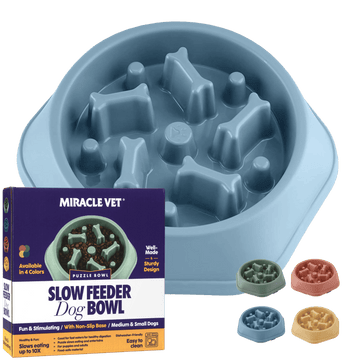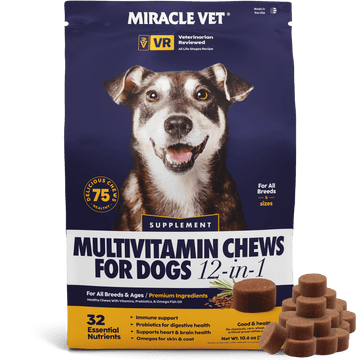Highlights
-
Hot spots, or acute moist dermatitis, are painful, inflamed patches on a dog's skin caused by excessive licking, scratching, or chewing.
-
Underlying causes include allergies, parasites, infections, and moisture trapped in the coat.
-
Breeds with thick or long coats, like Golden Retrievers and German Shepherds, are more susceptible.
-
Treatment typically involves clipping the fur, cleaning the area, and using medication to address infection, inflammation, and itching.
-
Prevention focuses on addressing the underlying issue, good hygiene, regular grooming, and keeping the coat dry.
Finding a hot spot on your dog’s skin can be worrisome for you, and these sore patches of skin can be very bothersome for your pet. Once you find and treat the underlying cause, supporting your dog’s skin to be healthy again and preventing future issues is easy.
Understanding hot spots on dogs
Imagine a cycle: Your dog feels itchy and scratches or licks its skin, which causes an infected wound, which becomes even itchier and leads to more scratching. This is how hot spots are formed. These painful sores can appear suddenly, spread quickly, and cause pain.
Hot spots, also known as moist dermatitis or acute moist dermatitis, can lead to irritation, open sores, and potential bacterial infection. They can appear suddenly, spread fast, and cause significant discomfort. Although these hot spots on dogs aren’t contagious to other pets or humans, the parasites or infections that cause them may be. Therefore, it’s essential to maintain good hygiene when caring for a sick pet.
Learn what signs to look out for
Hot spots on dogs can quickly turn from a minor issue into a serious problem, and knowing what to look for is key to getting your dog the proper care.
They usually start as red, swollen patches of skin with hair loss. They may feel warm, look moist, ooze fluid, or develop a bad smell. Your dog may scratch, lick, or chew the area. If you notice these signs, talk with your vet.
Common causes of hot spots
Hot spots develop because of repeated scratching or licking, but it’s essential to understand the underlying cause. Common triggers include:
- Allergies – Environmental, food, or flea allergies can cause persistent itching.
- Parasites – Fleas, mites, and ticks can lead to irritation and excessive scratching.
- Ear infections - Can cause discomfort, leading to head shaking and skin irritation.
- Poor grooming – Matted fur traps excess moisture, creating an ideal environment for bacterial growth.
- Boredom or anxiety – Some dogs develop them due to stress-related excessive licking.
Why are some dogs more prone to hot spots?
Any dog can develop a hot spot, but some are more likely to develop these skin lesions.
- Dense fur: Golden Retrievers, Labradors, German Shepherds, and Huskies (their thick coat can trap moisture)
- Skin folds: Bulldogs and Shar-Peis (these folds create a breeding ground for bacteria)
- Allergies: Whether food, environmental, or flea, dogs with itchy skin are vulnerable
Effective treatments for hot spots
These sores rarely heal by themselves. The cycle of licking and scratching worsens the irritation, so pet owners must treat the underlying cause of your dog's hot spot. However, with proper treatment, most hot spots on dogs begin to heal within a few days, and fully resolve in 1-2 weeks.
Professional treatments: what to expect
The first step of the appointment will typically involve an exam by your veterinarian and asking questions about your pet's health history and possible triggers. They'll likely ask you about past problems, diet, known allergies, and current medications. Vet treatments may include:
- Clipping fur around the affected areas of skin to allow airflow.
- Antiseptic solution to prevent further infection.
- Topical or oral antibiotics for bacterial infections.
- Anti-inflammatory pills or antihistamines to reduce itching and swelling.
- A cone (Elizabethan collar) to prevent further licking and irritation.
Effective home remedies
Before trying home remedies, always consult your veterinarian. Effective home-treatment options include:
- Medicated shampoo - Baths with medicated shampoo that have antifungal properties and cortisone to soothe the itch.
- Aloe vera gel – Soothes irritation and promotes healing.
- Diluted apple cider vinegar – Restores skin pH but shouldn’t be used on open wounds.
- Omega-3 fatty acids – Fish oil helps improve skin health and reduces inflammation.
Preventing future hot spots
As the saying goes, an ounce of prevention is worth a pound of cure. Regular grooming keeps your dog’s coat clean, mat-free, and dry, reducing the risk of irritation. Year-round parasite control helps prevent flea and tick bites that can trigger excessive scratching. Managing allergies with your vet’s guidance can minimize skin reactions, while mental stimulation — like puzzle toys and daily exercise — prevents boredom and stress-related licking, keeping your dog happy and healthy.
Maintaining good skin health
A well-balanced diet with essential nutrients and fatty acids supports a strong and healthy skin barrier. Avoiding common allergens and feeding high-quality and allergy-friendly food can reduce inflammation. Grooming regularly helps prevent matting and moisture buildup, which contribute to hot spots on dogs. This is especially important for dogs with thicker coats or if your dog swims regularly.
Get regular vet checkups
Just like people, dogs need regular health check-ups to stay healthy. Visiting your vet at least once a year can help catch issues early before they become serious problems. The vet can suggest preventive care, such as dietary adjustments or grooming tips. Being proactive about your dog's health can help keep your dog's coat healthy and prevent recurring hot spots.
Want to learn more?
If you want to read more about how to help soothe your dog's itchy skin or cope with food allergies, here are some other articles to check out:

